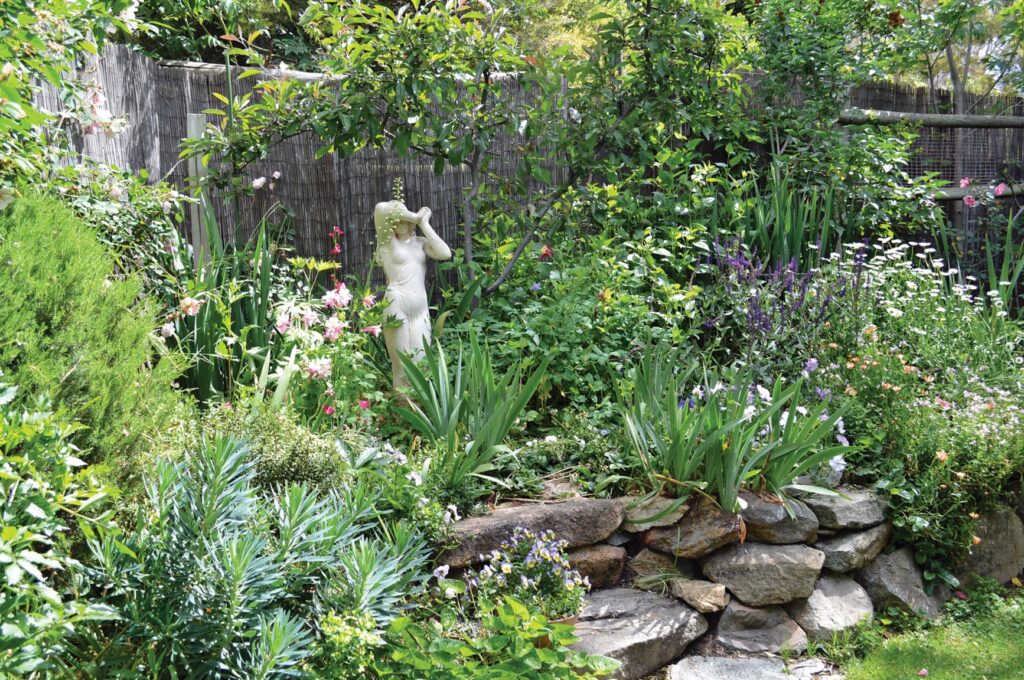An insect hotel provides habitat and nesting opportunities for a wide range of beneficial insects and solitary native bees.
Urban landscapes are often built up, covered in hard surfaces such as concrete and bitumen, and lacking in grasses, flowers, shrubs and trees – all making it anything but hospitable for these invaluable creatures. By creating wildlife habitats in our own backyards, including the addition of an insect hotel or two, we are filling a need for local wildlife and promoting biodiversity in suburbia.
Some native beneficials are communal but many are solitary, including countless species of native bees. Some nest and hibernate in hollow stems, while others, such as blue-banded bees, nest in exposed areas of sandy clay soils; hence why an insect hotel includes a range of rooms for its VIP guests. The following are some of the rooms you may like to include in your hotel:
- A bee block, made from durable untreated timber. The block needs to be around 150mm wide and 200mm deep. Drill regular holes 100-150mm deep and 3-8mm in diameter, to accommodate a variety of bee species. Don’t drill right through to the other end. Remove excess sawdust and lightly sand the surface. The external surfaces can be painted or stained with non-toxic finishes but don’t use preservatives.
- A PVC palace, made from a 60mm x 200mm piece of PVC (or plastic soft drink bottle), which is taped at the base and filled with paper straws (plastic ones get too hot). Alternatively, you may like to use a terracotta pot for a more aesthetic look.
- Bee bundles, using bamboo, paper straws or twigs with pithy stems. Bundles should be a minimum of 15cm long and can be secured by tying with string, taped or put in a pot or cut plastic bottle.
- Mud filled plastic or terracotta pipes – fill with a mix of one part sand to three parts clay, making a range of 100-150mm holes using different sized diameters of bamboo stakes or similar.

Placement of your hotel
It’s all about location, location, location! Put your hotel in a sunny position with open flight access and protected from wind, rainfall and hot summer sunlight. Ensure it is well secured for the comfort of guests. Avoid putting your hotel in areas where European honey bees are active or living as they are territorial, and you may also risk introducing pest and disease problems.
Plants to complement your insect hotel
To encourage beneficial insects and bees to visit your garden and call it home, include a range of plants, especially natives, with a diversity of flower colours, shapes and sizes and which produce both pollen and nectar.
Other insect-friendly considerations

There is such a thing as being too tidy in an insect-friendly garden – insects appreciate areas of natural litter, sticks, logs and other related ‘imperfections’. Reliable water sources throughout your garden are also a non-negotiable inclusion – areas of damp soil and mulch, as well as shallow drinking stations filled with pebbles, will transform your budget accommodation to five stars plus.
More stories:



